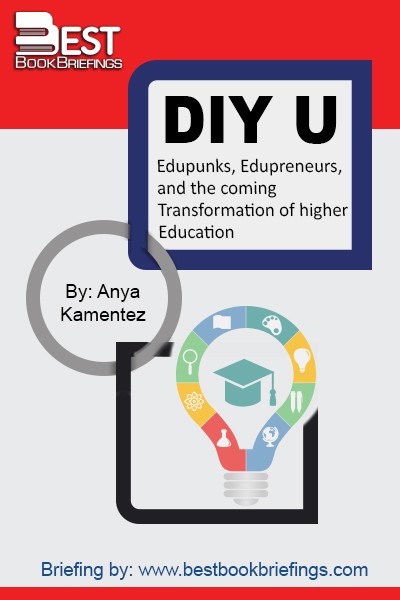A World-class Education
Learning from International Models of Excellence and Innovation
Number of pages: 191
Publisher: ASCD: Association for Supervision & Curriculum Development
BBB Library: Education
ISBN: 9781416613749
Editorial Review
Globalization poses challenges for everyone. Every education system in the world struggles to some degree to keep up with the rapid pace of change. And countries face many similar challenges. For example, widespread internal and international migration have created more heterogeneous societies everywhere, placing new demands on educators as they respond to students and families from differing cultural and linguistic backgrounds. In addition, globalization also raises fundamental questions about whether the knowledge and skills needed by today’s graduates will be significantly different from those that schools have provided in the past. But there are countries around the world which are demonstrating that large-scale educational acceleration is possible, even as the educational performance has been flat for decades. Their success is not accidental, but the result of careful policy choice and effective implementation. Through combinations of national policies and leadership together with capacity building at the school level, these countries are achieving excellence in terms of student achievement, student retention, equity, and efficiency, and they are doing so at a lower cost than elsewhere. Some may argue that the experiences of countries that are significantly smaller are not relevant to a country the size of the United States, for example. But many of these countries are the size of American states and could therefore be looked at as models for state-based education systems.
Book Reviews
Books on Related Topics

No generation can escape the responsibility of deciding what students should learn by analyzing what adults are called upon to do. In the old days, people were taught to do simple calculations, write letters, and read. As farming grew in complexity, schools in rural areas began teaching vocational agriculture. With the

More than just a solution, THE ONE WORLD SCHOOLHOUSE serves as a call for free, universal, global education, and an explanation of how Khan's simple yet revolutionary thinking can help achieve this inspiring goal.

DIY U: Edupunks, Edupreneurs and the Coming Transformation of Higher Education is about the future of higher education. It’s a story about the communities of visionaries who are tackling the enormous challenges of cost, access, and quality in higher ed, using new technologies to bring us a revolution in higher learning that

Finnish Lessons is a first-hand, comprehensive account of how Finland built a world-class education system during the past three decades. The author traces the evolution of education policies in Finland and highlights how they differ from the United States and other industrialized countries. He shows how rather than relying on competition,

Today’s college students are struggling to maintain their balance as they attempt to cross the gulf between their dreams and the diminished realities of the world in which they live. They are seeking security but live in an age of profound and unceasing change. This is a generation that thinks of

In this book, you may be surprised to learn that the brain is designed to do extraordinary mental calculations. We do it every time we catch a ball, or maneuver our car around a pothole in the road. We often do complex calculations, solve complex equations unconsciously, unaware that we sometimes

There is near-universal agreement that schools must find ways to transform older teaching practices in order to harness the tools that students have at their disposal today. This book introduces you to many of the most useful tools and concepts for an education setting so that you can decide, along with



